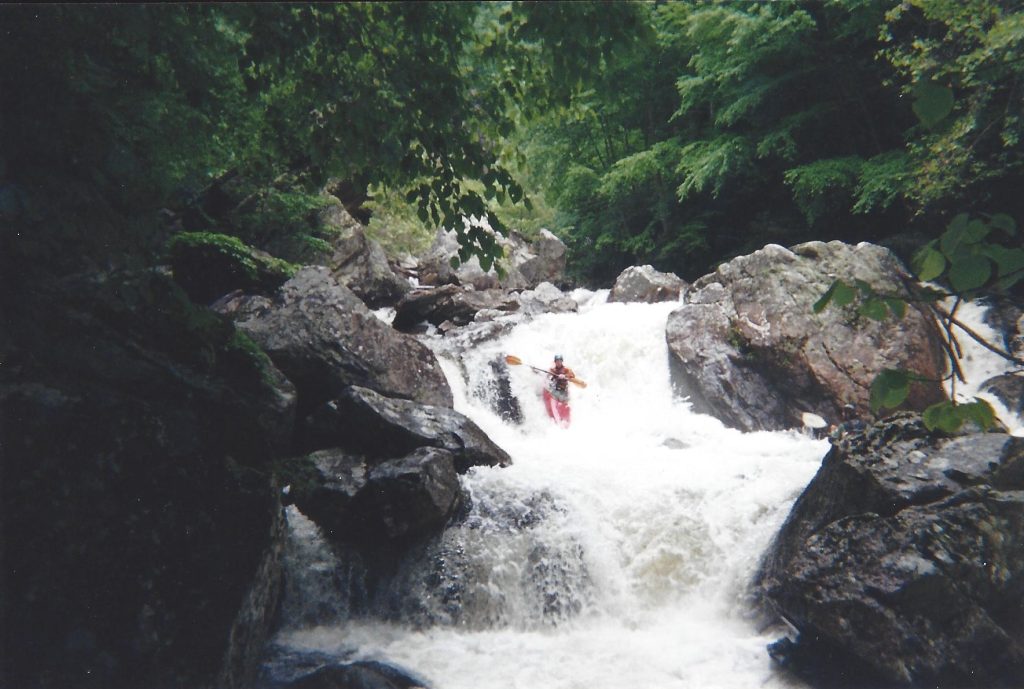Category: Uncategorized
-
Adrift: Savoring and Suffering in the High Sierras
Zak offers an intimate glimpse into the joy and hardship that comes from exploring unknown rivers in the High Sierra while balancing the responsibilities of fatherhood, family and the life that pulls one away from big river trips.
By
·
-
Absolved
Nathan’s relationship to paddling was forever changed when he was on the scene of a fatal accident on his home river. Through years of growth, new friendships and the nurturing of a different approach towards the sport, he finds absolution and ultimately freedom.
By
·
-
Linville Gorge: Triumph and Tragedy
Dylan McKinney and his team were on track to have one of the best days of their kayaking careers on the Linville River. But they were forced to reckon with the extreme highs and lows of the sport when they paddled into a tragic scene.
By
·
-
The Sandbags of Time
With little to no formal infrastructure, a kayaker’s progression is often founded on the mentorship of others. Matthias Fostvedt weighs both sides of the equation, offering wisdom that can only be found from the frequent oscillation between that of a mentor and mentee.
By
·
-
Ultra Classic: the Wayne Gentry Interview
In this interview, kayak video pioneer Wayne Gentry (Southern Fried Creekin’, Green Summer) discusses the early days of whitewater videography in the Southeast, and his influence on the modern era.
By
·
-
Housatonic Horizon Lines
Alden Bird recalls his formative years as a New England kayaker in this coming of age tale.
By
·
-
Falling
The Stikine is known for audacious whitewater. But the portages are equally treacherous. Daz reflects on a scary fall at Site Zed.
By
·
-
Musings of the Mystery
A niche sport within a niche sport, squirt boating paved the way for modern freestyle kayaking. John Trembley charcs into the deep seam of the weird world of squirt boating.
By
·
-
The Daniel Effect
The late, great Daniel DeLaVergne’s “logistical genius made big trips possible.” Nate Helms writes about the glory days of Team Weed, and their exploits in the high Sierra.
By
·
-
Lunatic Fringe
A superlative list of the South’s biggest, meanest rapids and waterfalls.
By
·









